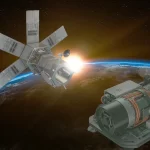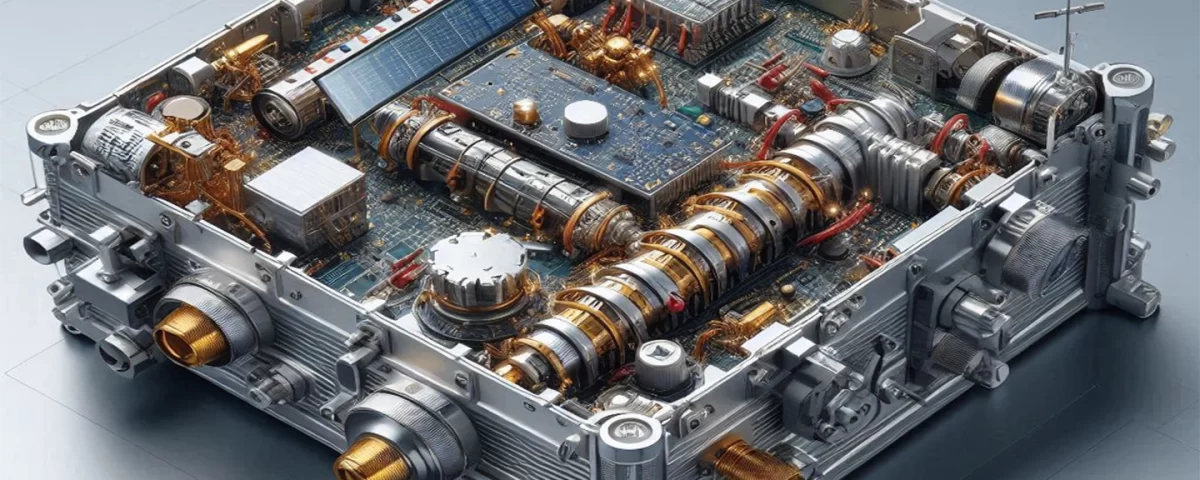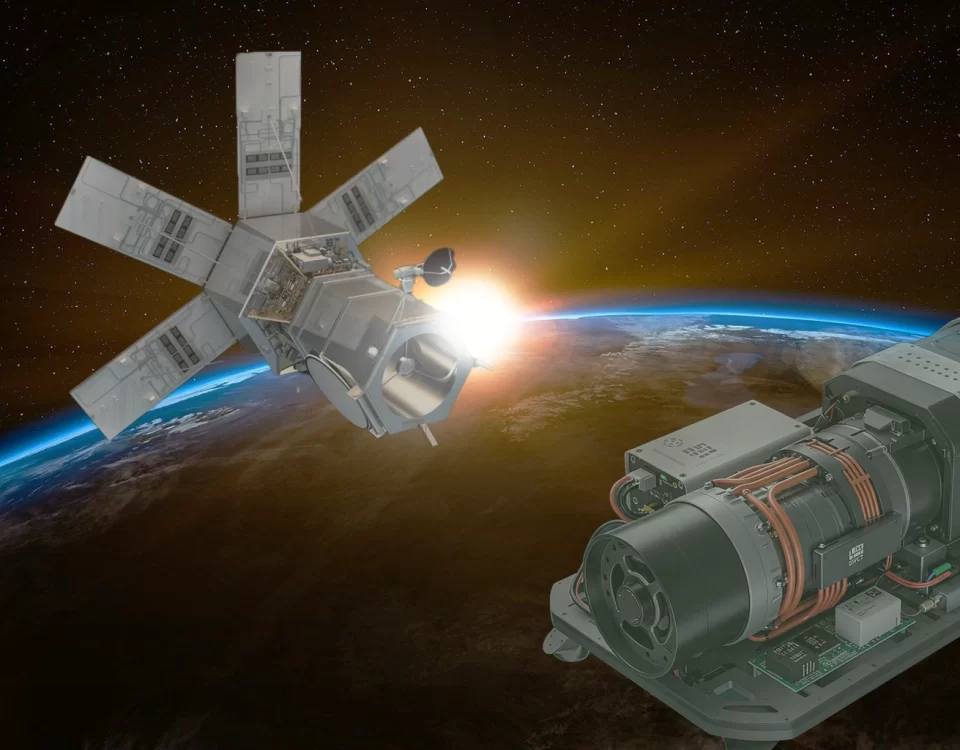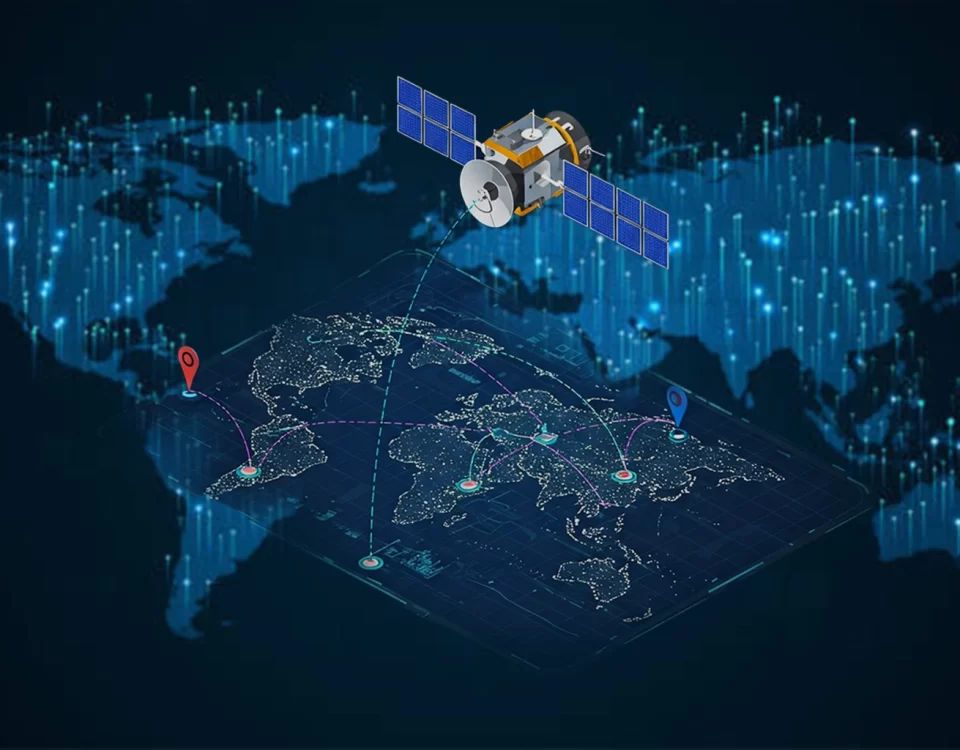high-accuracy star trackers for precise satellite pointing and navigation
February 16, 2025
electric propulsion systems for efficient satellite orbit raising
February 17, 2025Satellites constantly circle Earth, collecting vital information used for everything from weather reports to scientific studies. These satellites need reliable ways to send this data back home. The S-band, a specific radio frequency, is commonly used for this because it works well for satellite communication. Choosing the right S-band radio is crucial for making sure this data gets through reliably. This essay will discuss the important factors in selecting the best S-band radio for satellite data, including key features, new technologies, and the careful balance between how well it performs, its size, weight, and power usage.
This data transmission, called telemetry, is essential for running satellites. It lets ground stations track the satellite’s health, receive scientific readings, and send instructions for adjustments. The S-band (2-4 GHz) is ideal for this. Its frequency is lower than others like Ku or Ka, meaning it’s less affected by bad weather. It also balances antenna size and data speed effectively, working well for many satellite missions.
The core of this system is the S-band radio, which sends data to Earth and receives commands. Choosing the best one means carefully considering several important features.
key parameters for selecting S-band radio
Here’s a simplified explanation of the key features to consider when choosing a satellite radio:
- Data Speed and Signal Type: How much data needs to be sent and how quickly? Faster data needs more complex signal types. Think of it like needing a faster internet connection for streaming video.
- Signal Strength: The radio’s transmit power affects how strong the signal is. A stronger signal is better, but uses more power (which is limited on a satellite). The receiver’s sensitivity is how well it can pick up weak signals. A good balance is needed to get a strong signal without using too much power.
- Signal Clarity: The radio needs to transmit and receive on very precise frequencies. Any wobble in the frequency (frequency drift) or unwanted noise (phase noise) can mess up the signal. Stable frequencies are essential for clear communication.
- Size, Weight, and Power: These are critical. Satellites have limited space, weight, and power. The radio needs to be small, light, and use as little power as possible.
- Radiation Resistance: Space is full of radiation that can damage electronics. The radio must be “radiation hardened” to survive the harsh environment.
- Compatibility and Control: The radio needs to work seamlessly with the satellite’s other systems. It also needs to be controllable from the ground, so operators can adjust settings like power and frequency.
- Advanced Signal Processing: Many radios use clever techniques to improve data transmission. Think of it like error correction on a hard drive – it helps ensure data gets through even if there’s some interference.
- Proven Track Record: It’s often best to use a radio that has already been used successfully in space. This reduces the risk of problems.
Technology is constantly improving satellite radios. They’re getting smaller and lighter, thanks to new miniaturization methods. “System-on-a-Chip” designs pack more features into a single chip, saving space and power. “Software-defined radios” are more flexible and can be adjusted for different missions. New, more efficient power amplifiers save energy without reducing signal strength.
Choosing the right satellite radio is tricky and requires careful thought. Mission needs like data speed, signal strength, size, weight, power limits, and radiation levels all need to be considered. It’s a balancing act to find a radio that does everything needed without taking too many risks. Working with experienced companies and using radios with a proven track record greatly increases the chances of a successful mission.
conclusion
In short, the S-band radio is vital for any satellite sending data back to Earth. Choosing the right one is key for reliable and timely communication. By carefully considering the important features discussed, and staying up-to-date with new technology, mission planners can select the best radio for their specific needs and get the valuable data satellites provide. The drive for better communication will keep pushing S-band radio technology forward, making sure we continue to receive clear signals from space.





